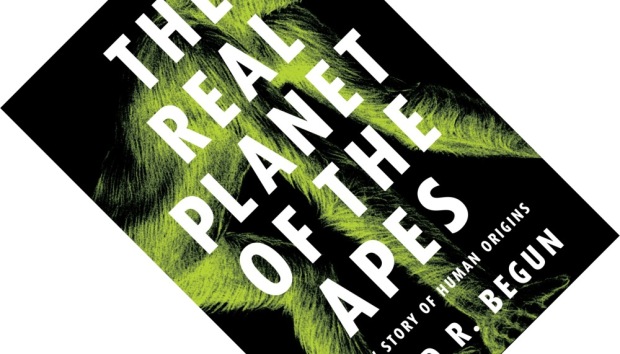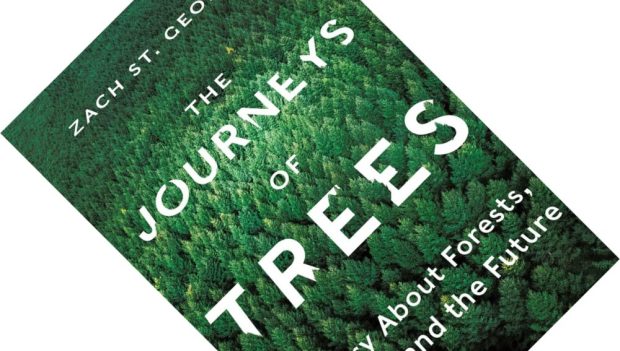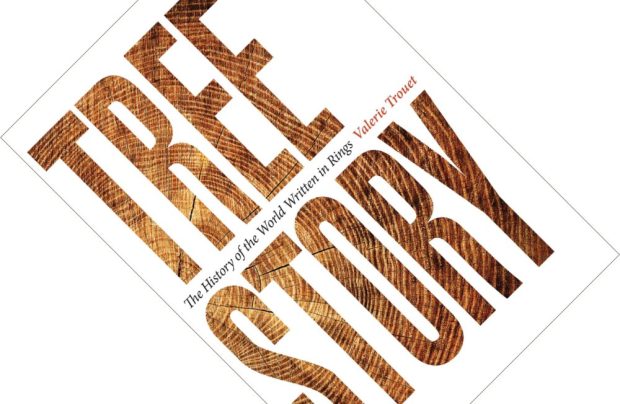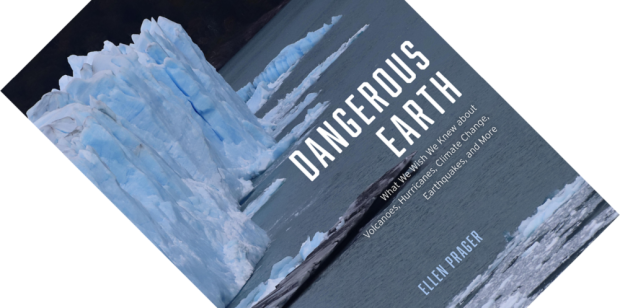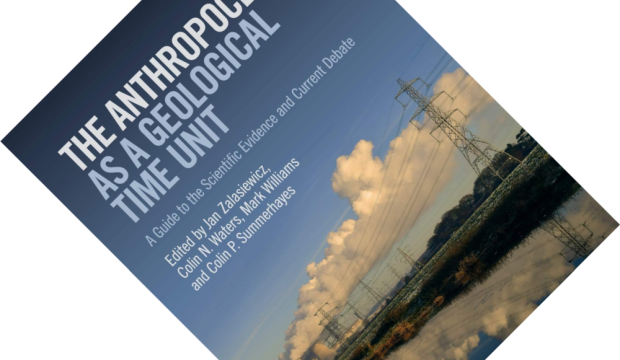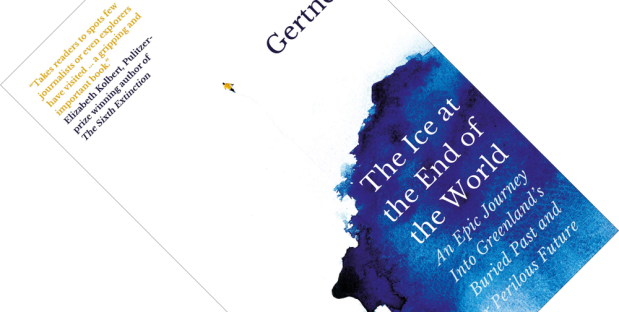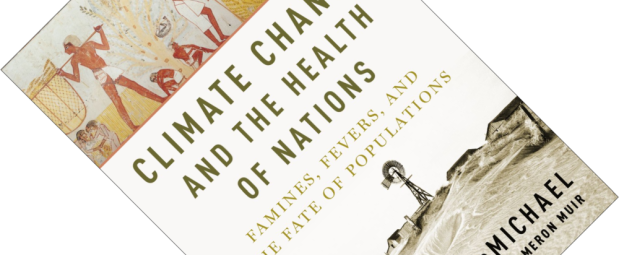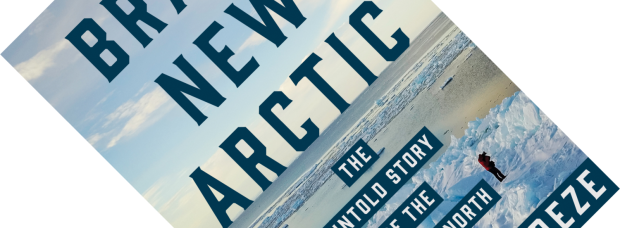7-minute read
The history of human evolution has become firmly wedded to the Out of Africa hypothesis: the idea that we evolved in Africa and from there spread around the world. Back in 2015, palaeoanthropologist David R. Begun gave the proverbial tree of life a firm shake with The Real Planet of the Apes, making the case that the picture is a bit more complicated than that. Providing an incredibly well-written overview of the deep evolutionary history of great apes and humans, an interesting picture emerges of species moving into and out of Africa over time. Some reviewers hailed it as provocative—but is it really?

